Latest Update: Nov 18, 2025, 10:11:51 AM
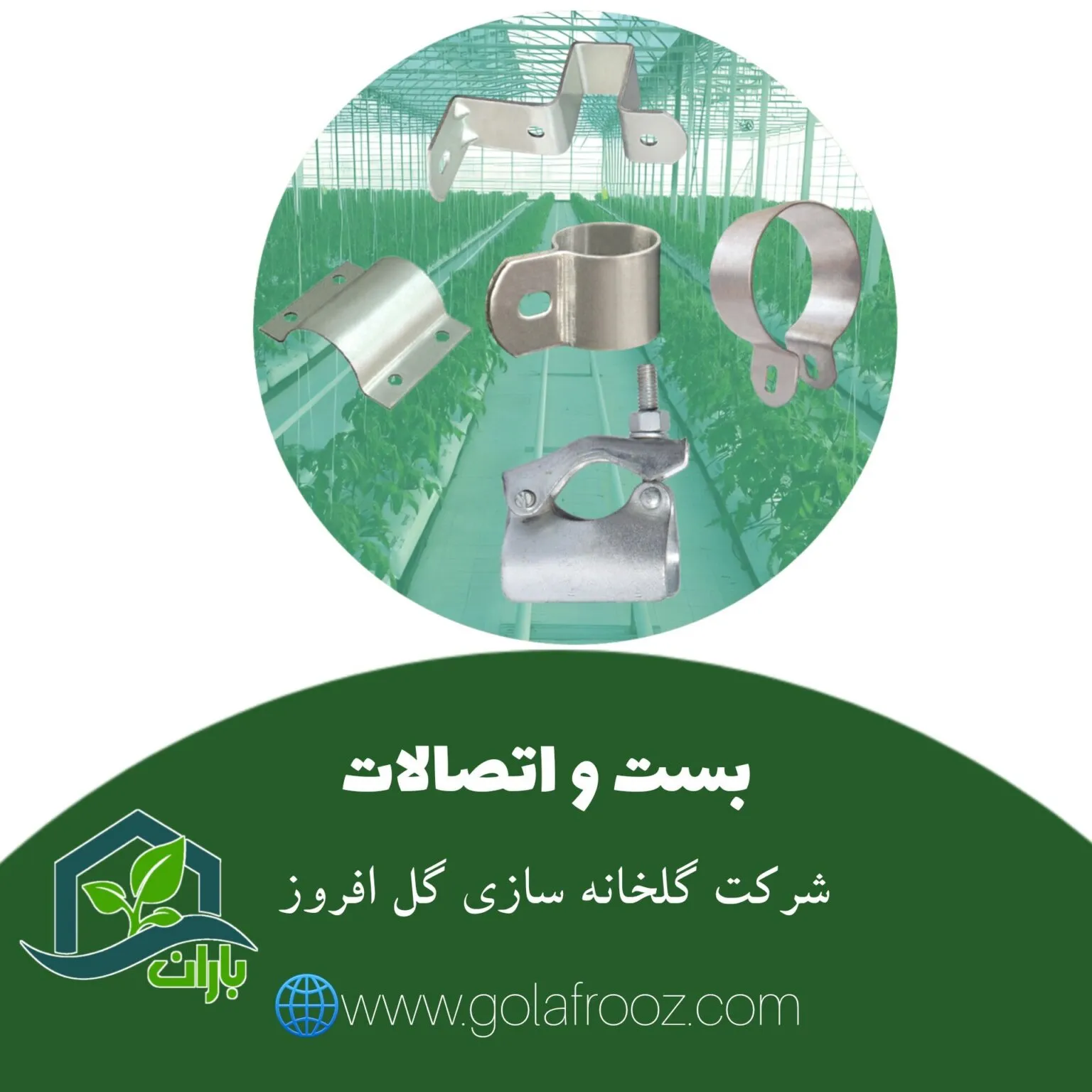
Greenhouse fittings and fasteners play a vital role in the construction, maintenance, and stability of greenhouse structures. These diverse components help the greenhouse withstand wind, rain, and other natural elements, ensuring that the frames and coverings are correctly connected and secure. Greenhouse fittings and fasteners can be made of metal, plastic, or composite materials and are typically selected based on the type and model of the greenhouse and its specific needs. These fittings and fasteners include:
-
Clamps or Clips: For attaching nylon or plastic films to the greenhouse frame.
-
Elbows and Angle Connectors: For connecting vertical and horizontal frame components.
-
Greenhouse Fasteners: For tightening and connecting various frame parts to each other.
-
Wires and Tension Cables: For supporting plants and creating trellising structures.
-
Adjustable Fasteners: Allowing frames to resist strong winds or rain.
-
Screws, Nuts, and Bolts: For permanent and firm connection of metal parts.
-
Ties and Connecting Wires: For supporting and attaching coverings to frames.
-
Pipe Fittings: For connecting irrigation or ventilation pipes.
-
Washered Fittings: Which prevent water leaks and are used in irrigation systems.
Various greenhouse fittings must be selected according to environmental conditions, the type of greenhouse, and the specific needs of the project. Selecting the right materials, proper design, and correct installation is of high importance so that the greenhouse can operate efficiently for a long time.
Gol Afrouz Greenhouse Company, with years of brilliant experience as a leading builder in the field of modern greenhouses, is ready to serve you all over Iran. Using up-to-date knowledge and a specialized team, we design and construct all types of Iranian, Spanish, Dutch, and Tunnel greenhouses with the highest quality and according to your needs.
Furthermore, Gol Afrouz Company provides all efficient and modern greenhouse equipment. If you are in Karaj, Tehran, or any other city in Iran and looking for a reliable partner for your greenhouse construction, contact us now through the website and benefit from the expert advice of our specialists.
Types of Greenhouse Fittings and Fasteners
Fittings and fasteners in greenhouses are used to stabilize and connect various components. These connections can be made of different materials and are designed to meet various needs. Here we review several common types of greenhouse fittings and fasteners:
-
Plastic Clips or Clamps: For holding the greenhouse film or nylon to the frames or beams.
-
Elbow Connectors: Usually made of metal or plastic and used to connect two pipes at 90-degree angles.
-
T-Connectors: For creating a branch from the main pipe in irrigation systems or structures.
-
Greenhouse Fasteners: Used to connect and hold films, nets, or other covering materials to the greenhouse frame.
-
Bolts and Nuts: For connecting two metal parts together.
-
Wire or Coil Fasteners: For holding or supporting plants or stabilizing other components.
-
Flexible Connectors: May be used to connect pipes to equipment like fans or filters.
-
Irrigation Fittings: Includes various parts such as connectors, cutters, and valves used in greenhouse drip irrigation systems.
-
Retaining Clamps: For holding components like pipes or films in place.
-
Washers: Usually used in irrigation connections to prevent leaks.
This list is a sample of common greenhouse fittings and fasteners. Depending on the greenhouse type and model, the materials used, and specific needs, a greater variety of connections and fasteners may exist.
Impact of Fittings and Fasteners on Greenhouse Structure
Fittings and fasteners play a vital and significant role in greenhouse construction. These components act like joints in the human body, allowing frames, coverings, and other parts to connect and work as an integrated system. Below, we examine some key impacts of fittings and fasteners on the greenhouse structure:
-
Stability and Resistance: Using appropriate fasteners and fittings adds the capability to withstand heavy weight, rain, wind, and other natural elements to the greenhouse structure.
-
Flexibility: Flexible connections allow the structure to change in the face of sudden loads or temperature changes without sustaining damage.
-
Maintenance and Repair: Using replaceable fasteners and fittings allows for the repair or replacement of specific greenhouse components without the need to change or replace the entire structure.
-
Installation and Assembly: Fittings and fasteners enable quick and easy installation or the assembly of temporary or portable greenhouses.
-
Adjustability and Adaptability: Some connections allow for changes in the structure, such as changes in height or angles.
-
Sealing: Special fittings and washers prevent leaks, especially in irrigation systems.
-
Aesthetics: Using appropriate and hidden fasteners creates a beautiful and professional final appearance for the greenhouse.
Overall, fittings and fasteners give the greenhouse structure strength, stability, and efficiency. Correct selection and installation of these components can increase the useful life of the greenhouse and reduce the risk of damage or the need for frequent repairs.
Price of Greenhouse Fittings and Fasteners
The price of greenhouse fittings and fasteners may be influenced by the following factors:
-
Raw Materials: The type and quality of materials used in making the fasteners and fittings. For example, steel fittings may cost more than plastic ones.
-
Design and Production: Costs associated with different designs and production of fittings can significantly impact the final price.
-
Performance and Resistance: Fittings with special functions or higher resistance to corrosion, pressure, or specific weather conditions may have a higher price.
-
Brand and Manufacturer: Reputable and well-known brands usually have higher prices compared to lesser-known brands.
-
Import Costs: If fittings are imported from other countries, customs fees, transportation, and other import costs may affect the final price.
-
Supply and Demand: Market status, demand levels, and supply levels also affect prices.
-
Technology: Using new technologies in manufacturing fittings may increase the price but provides better performance in return.
-
Purchase Quantity: Buying fittings in bulk may lead to price discounts.
-
Side Costs: Packaging, warehousing, and distribution costs may also influence the final price.
-
Extra Features: Features such as special sealing, UV resistance, or other additional characteristics can also affect the price.
Ultimately, when buying greenhouse fittings and fasteners, it is recommended to choose according to your needs and budget and purchase from reputable sellers and manufacturers to ensure the quality and durability of the connections.
Greenhouse fittings and fasteners play a vital role in the construction, maintenance, and stability of greenhouse structures. These diverse components help the greenhouse withstand wind, rain, and other natural elements, ensuring that the frames and coverings are correctly connected and secure. Greenhouse fittings and fasteners can be made of metal, plastic, or composite materials and are typically selected based on the type and model of the greenhouse and its specific needs. These fittings and fasteners include:
-
Clamps or Clips: For attaching nylon or plastic films to the greenhouse frame.
-
Elbows and Angle Connectors: For connecting vertical and horizontal frame components.
-
Greenhouse Fasteners: For tightening and connecting various frame parts to each other.
-
Wires and Tension Cables: For supporting plants and creating trellising structures.
-
Adjustable Fasteners: Allowing frames to resist strong winds or rain.
-
Screws, Nuts, and Bolts: For permanent and firm connection of metal parts.
-
Ties and Connecting Wires: For supporting and attaching coverings to frames.
-
Pipe Fittings: For connecting irrigation or ventilation pipes.
-
Washered Fittings: Which prevent water leaks and are used in irrigation systems.
Various greenhouse fittings must be selected according to environmental conditions, the type of greenhouse, and the specific needs of the project. Selecting the right materials, proper design, and correct installation is of high importance so that the greenhouse can operate efficiently for a long time.
Gol Afrouz Greenhouse Company, with years of brilliant experience as a leading builder in the field of modern greenhouses, is ready to serve you all over Iran. Using up-to-date knowledge and a specialized team, we design and construct all types of Iranian, Spanish, Dutch, and Tunnel greenhouses with the highest quality and according to your needs.
Furthermore, Gol Afrouz Company provides all efficient and modern greenhouse equipment. If you are in Karaj, Tehran, or any other city in Iran and looking for a reliable partner for your greenhouse construction, contact us now through the website and benefit from the expert advice of our specialists.
Types of Greenhouse Fittings and Fasteners
Fittings and fasteners in greenhouses are used to stabilize and connect various components. These connections can be made of different materials and are designed to meet various needs. Here we review several common types of greenhouse fittings and fasteners:
-
Plastic Clips or Clamps: For holding the greenhouse film or nylon to the frames or beams.
-
Elbow Connectors: Usually made of metal or plastic and used to connect two pipes at 90-degree angles.
-
T-Connectors: For creating a branch from the main pipe in irrigation systems or structures.
-
Greenhouse Fasteners: Used to connect and hold films, nets, or other covering materials to the greenhouse frame.
-
Bolts and Nuts: For connecting two metal parts together.
-
Wire or Coil Fasteners: For holding or supporting plants or stabilizing other components.
-
Flexible Connectors: May be used to connect pipes to equipment like fans or filters.
-
Irrigation Fittings: Includes various parts such as connectors, cutters, and valves used in greenhouse drip irrigation systems.
-
Retaining Clamps: For holding components like pipes or films in place.
-
Washers: Usually used in irrigation connections to prevent leaks.
This list is a sample of common greenhouse fittings and fasteners. Depending on the greenhouse type and model, the materials used, and specific needs, a greater variety of connections and fasteners may exist.
Impact of Fittings and Fasteners on Greenhouse Structure
Fittings and fasteners play a vital and significant role in greenhouse construction. These components act like joints in the human body, allowing frames, coverings, and other parts to connect and work as an integrated system. Below, we examine some key impacts of fittings and fasteners on the greenhouse structure:
-
Stability and Resistance: Using appropriate fasteners and fittings adds the capability to withstand heavy weight, rain, wind, and other natural elements to the greenhouse structure.
-
Flexibility: Flexible connections allow the structure to change in the face of sudden loads or temperature changes without sustaining damage.
-
Maintenance and Repair: Using replaceable fasteners and fittings allows for the repair or replacement of specific greenhouse components without the need to change or replace the entire structure.
-
Installation and Assembly: Fittings and fasteners enable quick and easy installation or the assembly of temporary or portable greenhouses.
-
Adjustability and Adaptability: Some connections allow for changes in the structure, such as changes in height or angles.
-
Sealing: Special fittings and washers prevent leaks, especially in irrigation systems.
-
Aesthetics: Using appropriate and hidden fasteners creates a beautiful and professional final appearance for the greenhouse.
Overall, fittings and fasteners give the greenhouse structure strength, stability, and efficiency. Correct selection and installation of these components can increase the useful life of the greenhouse and reduce the risk of damage or the need for frequent repairs.
Price of Greenhouse Fittings and Fasteners
The price of greenhouse fittings and fasteners may be influenced by the following factors:
-
Raw Materials: The type and quality of materials used in making the fasteners and fittings. For example, steel fittings may cost more than plastic ones.
-
Design and Production: Costs associated with different designs and production of fittings can significantly impact the final price.
-
Performance and Resistance: Fittings with special functions or higher resistance to corrosion, pressure, or specific weather conditions may have a higher price.
-
Brand and Manufacturer: Reputable and well-known brands usually have higher prices compared to lesser-known brands.
-
Import Costs: If fittings are imported from other countries, customs fees, transportation, and other import costs may affect the final price.
-
Supply and Demand: Market status, demand levels, and supply levels also affect prices.
-
Technology: Using new technologies in manufacturing fittings may increase the price but provides better performance in return.
-
Purchase Quantity: Buying fittings in bulk may lead to price discounts.
-
Side Costs: Packaging, warehousing, and distribution costs may also influence the final price.
-
Extra Features: Features such as special sealing, UV resistance, or other additional characteristics can also affect the price.
Ultimately, when buying greenhouse fittings and fasteners, it is recommended to choose according to your needs and budget and purchase from reputable sellers and manufacturers to ensure the quality and durability of the connections.
 Dutch Greenhouse Complexes: Aalsmeer Hub, Benefits, & Costs Guide
Dutch Greenhouse Complexes: Aalsmeer Hub, Benefits, & Costs Guide
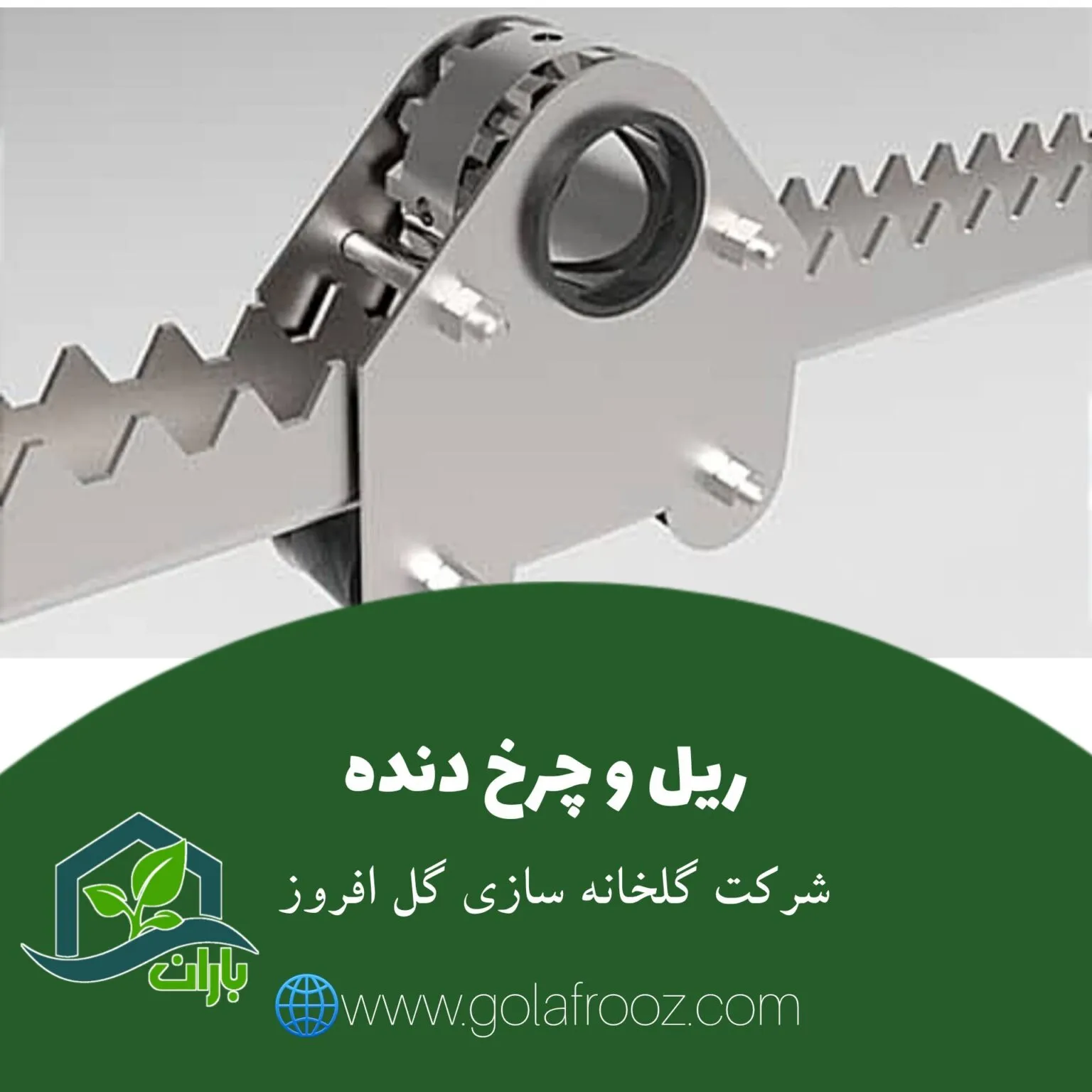 Greenhouse Rail and Gear Systems: Automation, Benefits & Price Guide
Greenhouse Rail and Gear Systems: Automation, Benefits & Price Guide
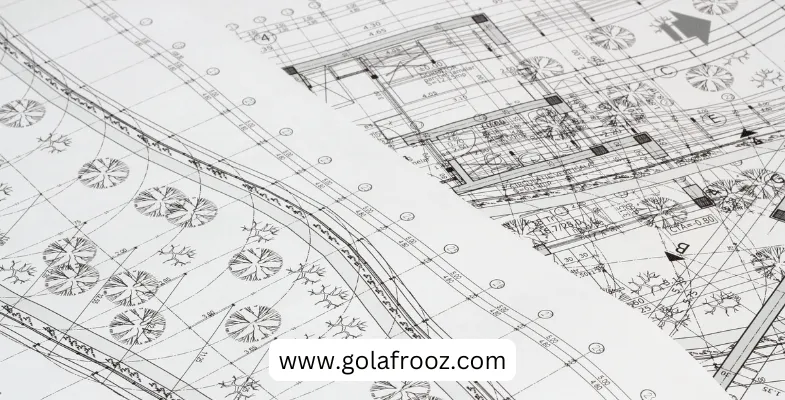 Comprehensive Guide to Greenhouse Plans: Designs, Types & Layouts (Spanish vs. Dutch)
Comprehensive Guide to Greenhouse Plans: Designs, Types & Layouts (Spanish vs. Dutch)
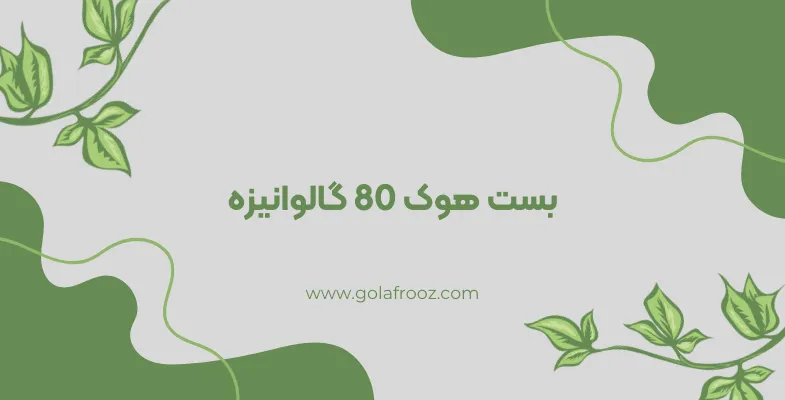 Galvanized Hook 80 Clamp: Essential Greenhouse Fittings, Benefits & Price
Galvanized Hook 80 Clamp: Essential Greenhouse Fittings, Benefits & Price



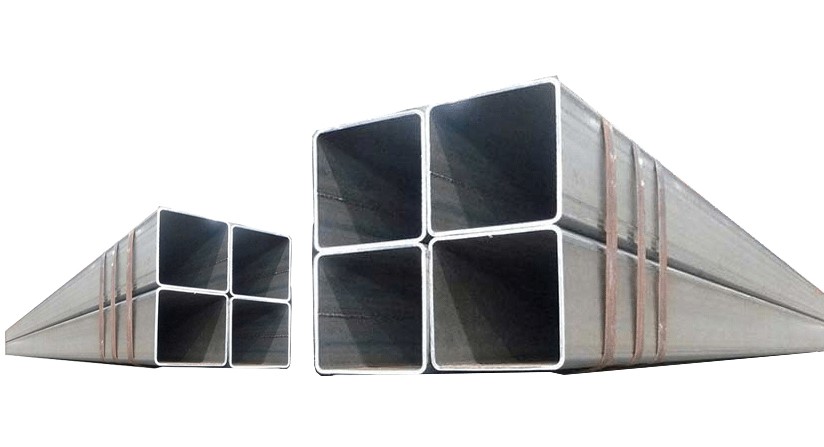 Galvanized can profile 10
Galvanized can profile 10
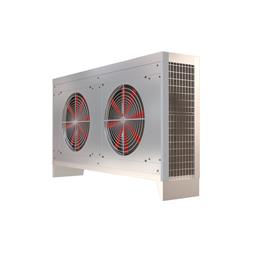 Axial Fan Evaporative Cooler
Axial Fan Evaporative Cooler
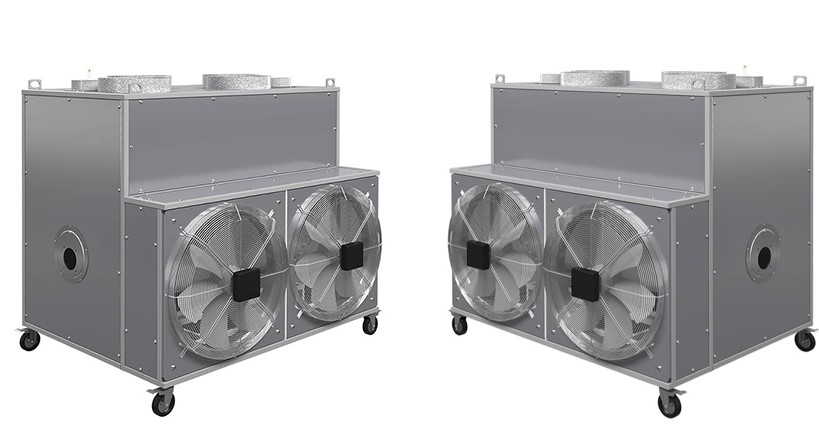 Furnace Heater
Furnace Heater
 Type 4 Circulation Fan
Type 4 Circulation Fan
 Greenhouse Mist Sprayer
Greenhouse Mist Sprayer
